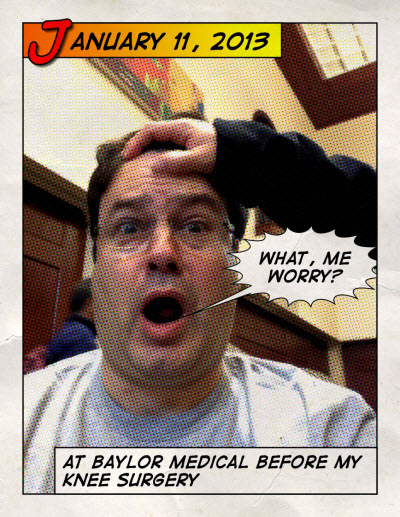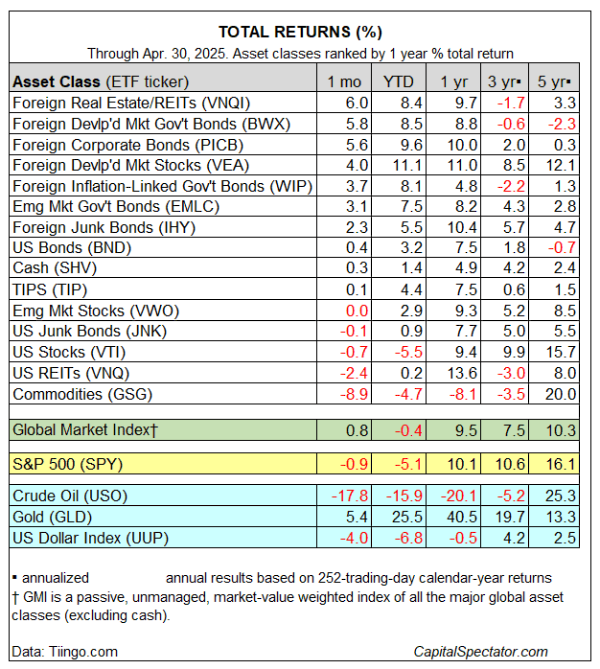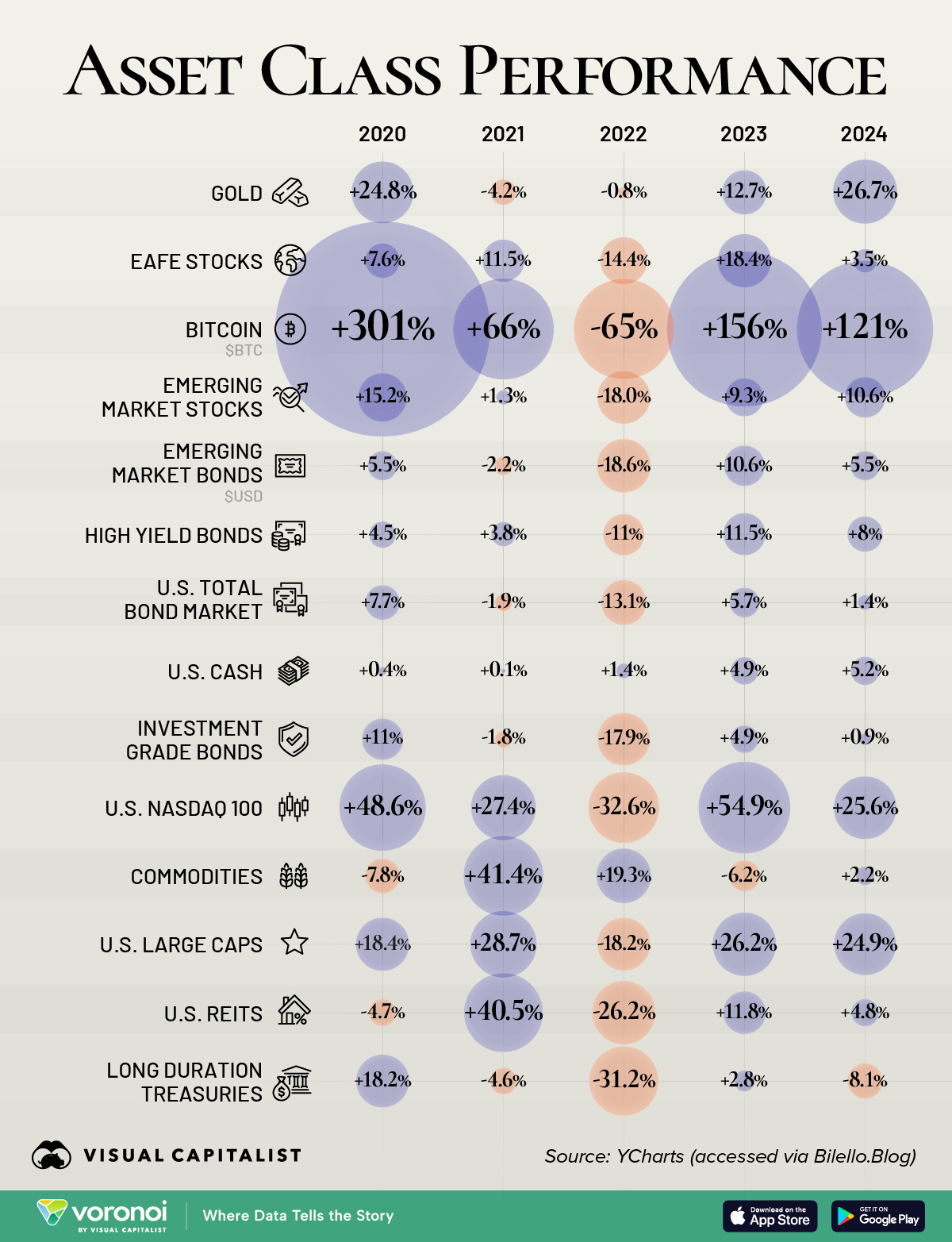Humans are good at recognizing significant changes on the horizon, but not nearly as good at understanding the second and third-order consequences of those changes.
A great example is the Internet. As it spread, most adults understood that it would bring “big changes”. However, even as a tech entrepreneur at the time, I didn’t fully grasp what the rise of the Internet would cause or make possible.
I feel the same way today about the rise of AI. It literally will change everything.
Close behind that is what’s happening in Crypto.
Where Attention Goes, Money Flows
I don’t claim to be a crypto expert or fan. Historically, I’ve been skeptical and resistant on many levels. Nevertheless, I've always argued the blockchain was here to stay. Now, even Crypto seems to be becoming an inevitability.
Governments are becoming supporters. Regulators are falling in line. Big banks and industry are building infrastructure. New giants are forming. Coinbase recently joined the S&P 500. Circle just had a wildly successful IPO. And the performance of stocks like these hints at the growing market appetite for crypto businesses.
Currently, Crypto’s market cap is over $3 trillion. At the beginning of Trump’s presidency, the cryptocurrency markets experienced a significant surge. Since Donald Trump’s re-election in November 2024, Bitcoin has surged 60 percent, reaching record highs. However, Bitcoin isn’t the only cryptocurrency experiencing a surge; even meme coins are seeing a massive increase in value.
Nevada recently hosted a Bitcoin conference, featuring speakers such as Vice President JD Vance, Trump’s two eldest sons, Donald Trump Jr. and Eric Trump, as well as White House crypto advisor David Sacks.
Despite the growth (and Trump’s support), there are still mainstream obstacles … obstacles that may be addressed by increased investment in stablecoins. For context, countries such as the UAE and Vietnam boast higher rates of cryptocurrency ownership than the United States.
Stablecoins Are Rising
A stablecoin is a type of cryptocurrency designed to maintain a stable value, typically pegged to a reference asset like a fiat currency (e.g., U.S. dollar) or a commodity (e.g., gold). This contrasts with other cryptocurrencies, such as Bitcoin, which can experience significant price fluctuations. They serve many purposes, but ultimately believe they’re an interesting way to store value on-chain and take steps into the crypto world.
The stablecoin market in 2025 is dominated by a handful of major platforms and issuers, recognized for their scale, transparency, and integration into both traditional finance and decentralized finance (DeFi) ecosystems. The two largest and most respected stablecoin platforms are Tether and Circle.
•Market Position: Tether remains the largest stablecoin by market capitalization, with over $140 billion in circulation and controlling more than 60% of the stablecoin market.
•Key Features: USDT is widely used across centralized exchanges, DeFi protocols, and global payment networks. It is primarily backed by U.S. Treasury bills and managed by Cantor Fitzgerald, providing a reserve base comparable to that of major national treasuries.
•Market Position: USDC is the second-largest stablecoin, with a market cap exceeding $60 billion.
•Key Features: Known for its transparency, Circle publishes weekly attestations of reserves, which are held in cash and short-term U.S. government treasuries.
Stablecoin funding is projected to 10X.
 CBInsights via Voronoi
CBInsights via Voronoi
When cryptocurrency started to gain popularity, I expressed concerns about how banks and governments would resist widespread adoption until they could introduce regulation and gain control over it. I remember confidently saying that, throughout history, governments have always protected the right to print and tax coin. That is still true … it just means something different to me, now, than it did when I said it.
I’m starting to pay more attention to Crypto, blockchain, and other emerging DeFi technologies.
I’m seeing an increasing flow of talent, opportunities, and resources to this space.
For example, major payment players like Mastercard and Visa are allowing stablecoin transactions and even creating their own coins.
I do believe growth in stablecoins will also result in growth in other forms of cryptocurrency as well.
For context, here are the best-performing cryptocurrencies of 2024.

via VisualCapitalist
I still won’t pretend to be knowledgeable about the various coins, but I recognize that they are becoming more common and useful as speculation markets.
All in all, I believe we are witnessing the birth of another blue ocean, and we can expect increased attention and investment to continue.
Onwards!


 via
via 

 via
via 


 CBInsights via
CBInsights via 


